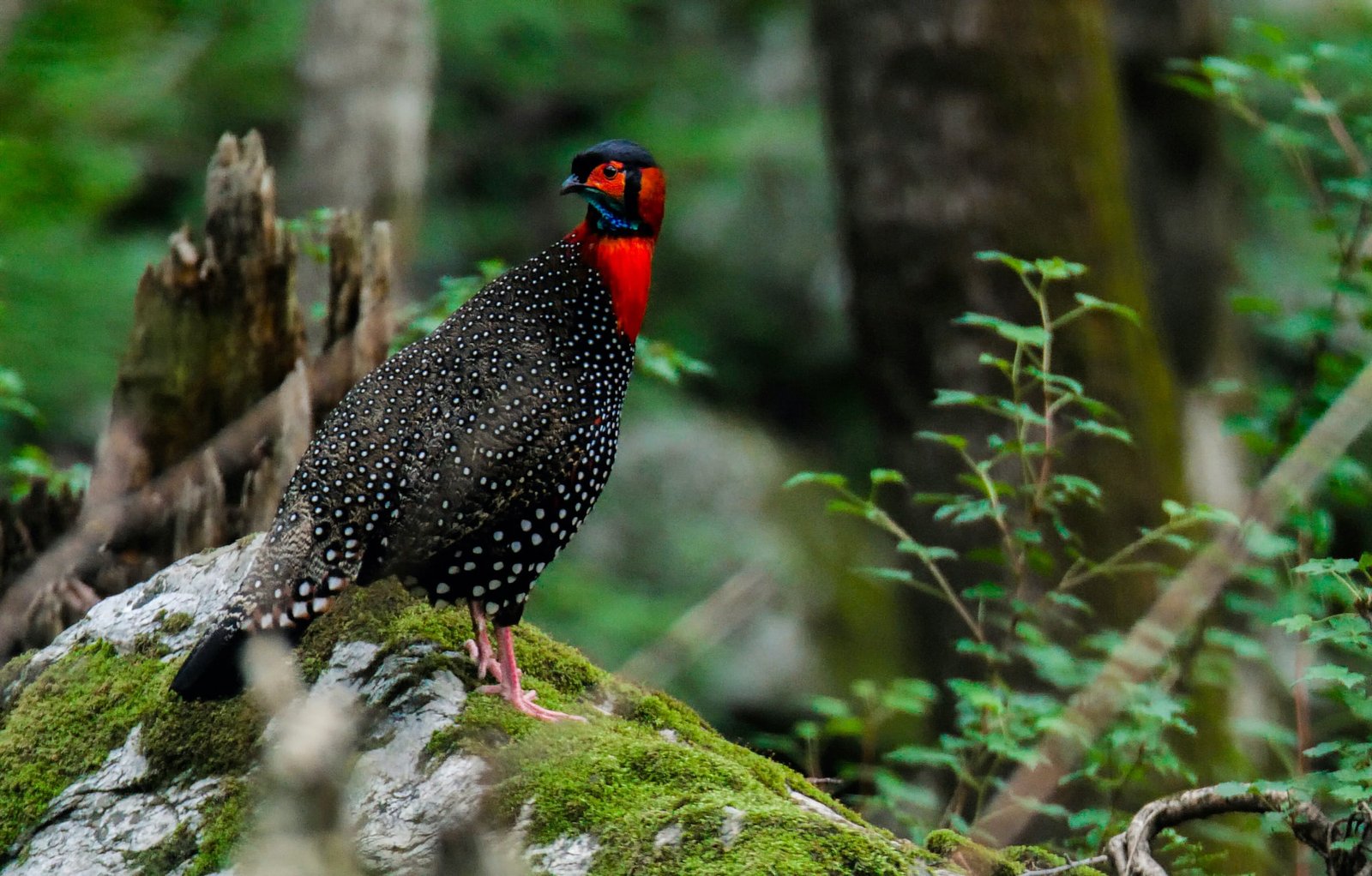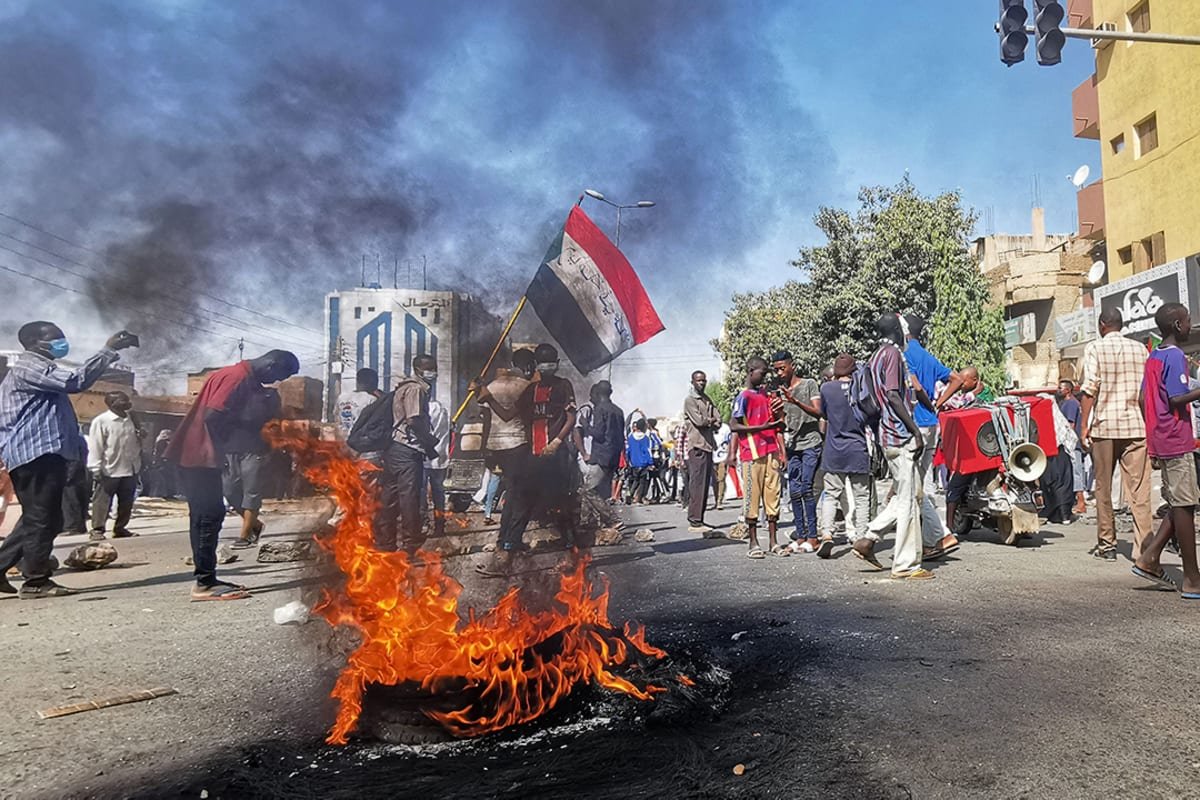- In February 2025, Madhya Pradesh Chief Minister took a major step in gharial conservation by releasing 10 gharials into the Chambal River at the National Chambal Gharial Sanctuary in Morena.
- This move strengthens the state’s role as India’s leading gharial conservation hub, as it hosts over 80% of the country’s gharial population.
About Gharials
| Feature | Description |
| Scientific Classification & Mythological Significance |
|
| Physical Features |
|
| Habitat and Distribution |
|
| Ecological Importance |
|
Major Threats to Gharials
- Historical Exploitation: Overhunting for skin, trophies, eggs, and traditional medicine drastically reduced their numbers.
- Habitat Destruction
- Dams, embankments, and irrigation canals disrupt natural river flow and nesting sites.
- Siltation and river course changes reduce available habitats.
- Sand mining destroys critical nesting areas.
- Human-Induced Threats
- Overfishing reduces food supply.
- Gharials often get trapped in fishing nets (gillnets), leading to accidental deaths, even in protected areas.
- Pollution from industrial waste and plastic degrades river quality.
Gharial Conservation Efforts in India
- Captive Breeding & Reintroduction
- Project Crocodile (1975) initiated gharial breeding and reintroduction.
- Key Breeding Centers:
- Deori Gharial Breeding Center (Madhya Pradesh)
- Kukrail Rehabilitation Centre (Lucknow)
- Process: Hatchlings are raised in captivity and released into natural habitats.
- Success Story: The Gandak River in Bihar has become a major breeding site for gharials.
- Protected Areas for Gharials: Gharials primarily survive in five key sanctuaries:
| Sanctuary | Location | River |
| National Chambal Sanctuary | MP, UP, Rajasthan | Chambal River |
| Katerniaghat Wildlife Sanctuary | Uttar Pradesh | Girwa River |
| Chitwan National Park | Nepal | Rapti River |
| Son River Sanctuary | Madhya Pradesh | Son River |
| Satkosia Gorge Sanctuary | Odisha | Mahanadi River |
- Habitat Protection Measures
- Regulating sand mining and fishing to prevent habitat destruction.
- Strict pollution control in riverine ecosystems.
- Community engagement programs to raise awareness.
About National Chambal Gharial Sanctuary
- Located on the Chambal River, covering 435 km across Madhya Pradesh, Rajasthan, and Uttar Pradesh.
- One of India’s cleanest river stretches, crucial for gharial survival.
- Established to protect gharials, Gangetic dolphins, and red-crowned roof turtles.
- Major Wildlife in the Sanctuary
- Gharials – Largest population in India.
- Indian Skimmers – 80% of India’s population found here.
- Other Species:
- Red-crowned roof turtle (endangered)
- Ganges river dolphin (endangered)
- Mugger crocodile, smooth-coated otter, striped hyena, and Indian wolf
Chambal River: The Lifeline of Gharials
- General Features
- Tributary of the Yamuna River, part of the Gangetic drainage system.
- One of India’s least polluted rivers, making it ideal for gharials.
- Course:
- Originates in the Vindhya Range, south of Mhow (MP).
- Flows north into Rajasthan, passing Kota.
- Forms the MP-Rajasthan border, then turns east to join the Yamuna in UP.
- Major Tributaries:
- Left bank: Banas, Mej rivers.
- Right bank: Parbati, Kali Sindh, Shipra rivers.
- Major Dams on Chambal: Gandhi Sagar Dam, Rana Pratap Sagar Dam, Jawahar Sagar Dam
- Erosion and Riverbank Degradation: Chambal’s lower course has a 16-km-wide belt of badland gullies, caused by accelerated soil erosion.
| Also Read | |
| FREE NIOS Books | UPSC Daily Current Affairs |
| UPSC Monthly Magazine | Previous Year Interview Questions |
| Free MCQs for UPSC Prelims | UPSC Test Series |
| ENSURE IAS NOTES | Our Booklist |




